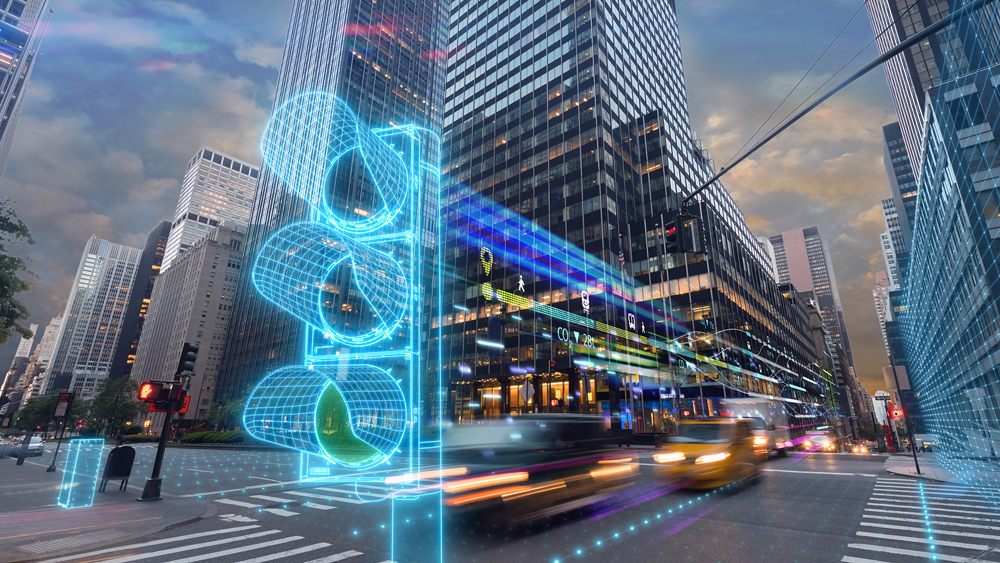
“In one new example, Siemens AI can generate a customised risk score for each intersection which immediately helps determine the most dangerous intersections in a city,” said Laryssa Parker, head of Siemens Mobility ITS Digital Lab Americas. Previously, this could only be determined by manually compiling and analysing incident reports. Importantly, the AI system can help recommend appropriate mitigation measures, like putting in stop signs, protected left-turn lanes, or retiming traffic signals.
A new area where AI has recently made a difference is in the management of traffic around unscheduled, mass gathering events, such as protests. Through Siemens’ Eventflow programme, AI searches the web for formal and informal information about these and other unofficial events, helping an agency to plan safely around it. For example, the information can enable an agency to quickly develop important signage to be deployed and nearby transit routes posted online, or even pushed to a web-mapping service, so people can make their way to and from the event safely and more easily.
Importantly, while AI automatically turns data into decisions or recommendations to solve virtually any transportation problem occurring today, its ability to self-learn keeps it evolving and able to address new problems and scenarios in the future.














